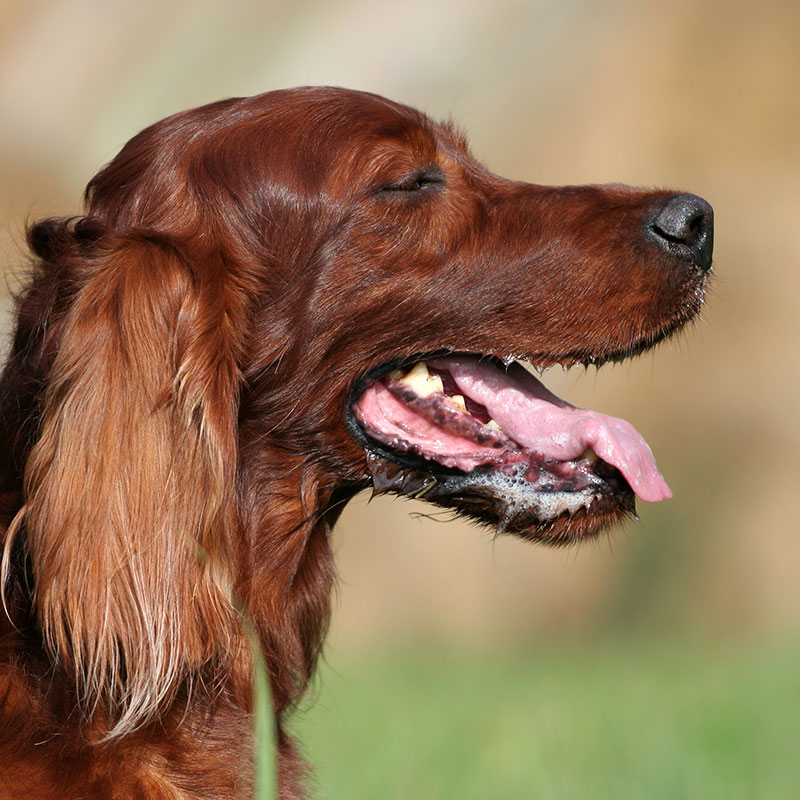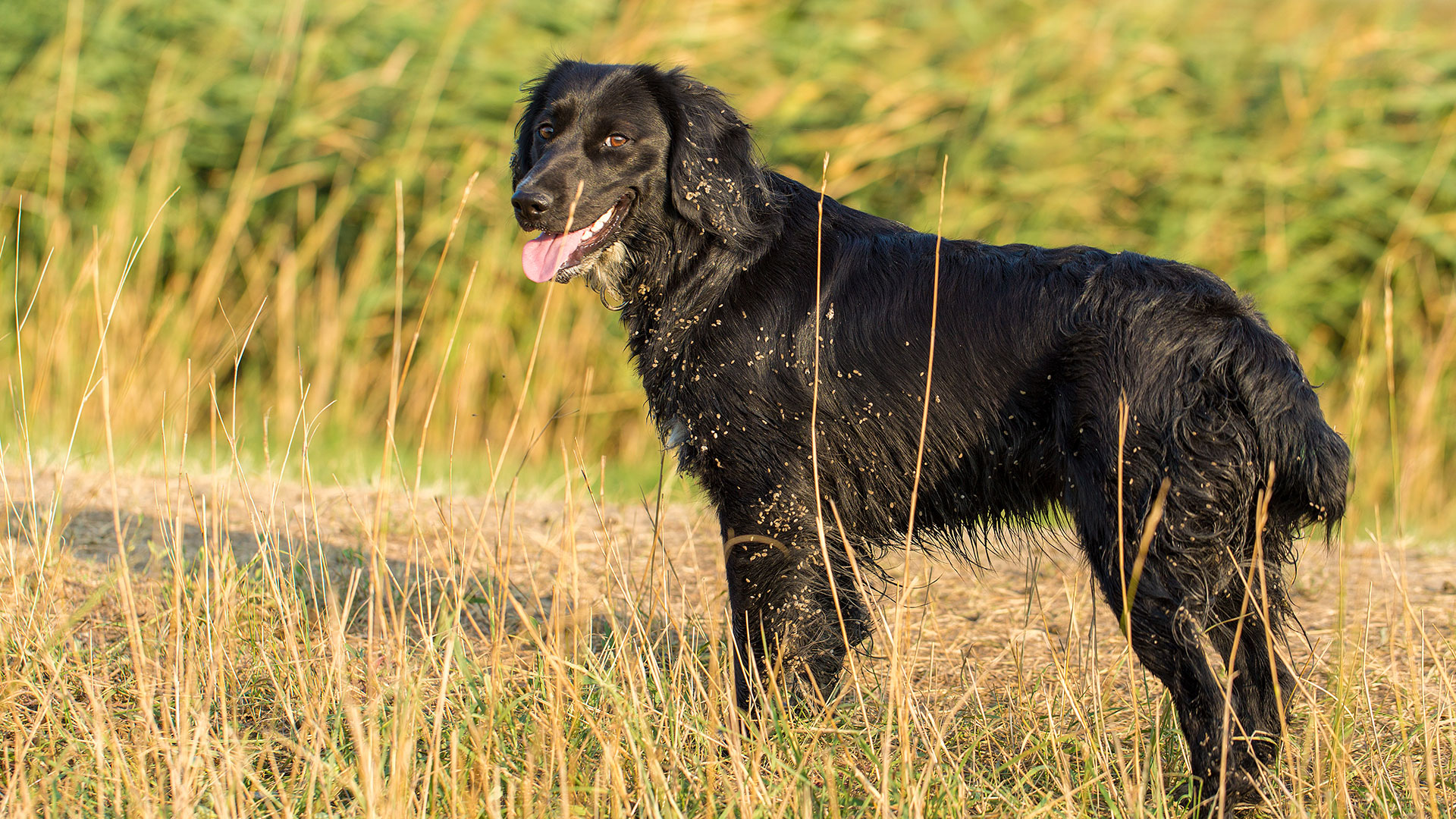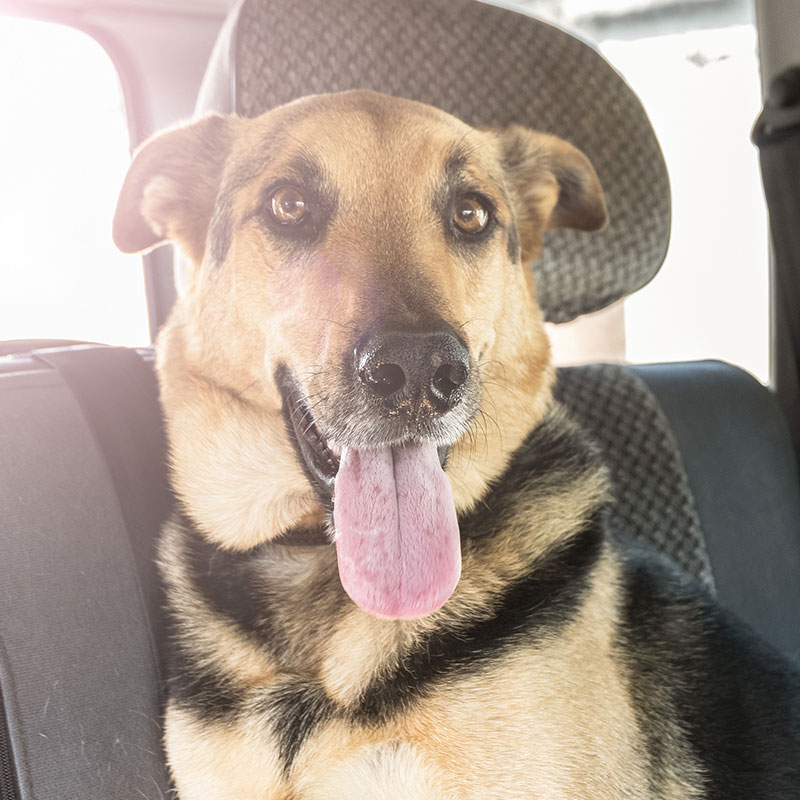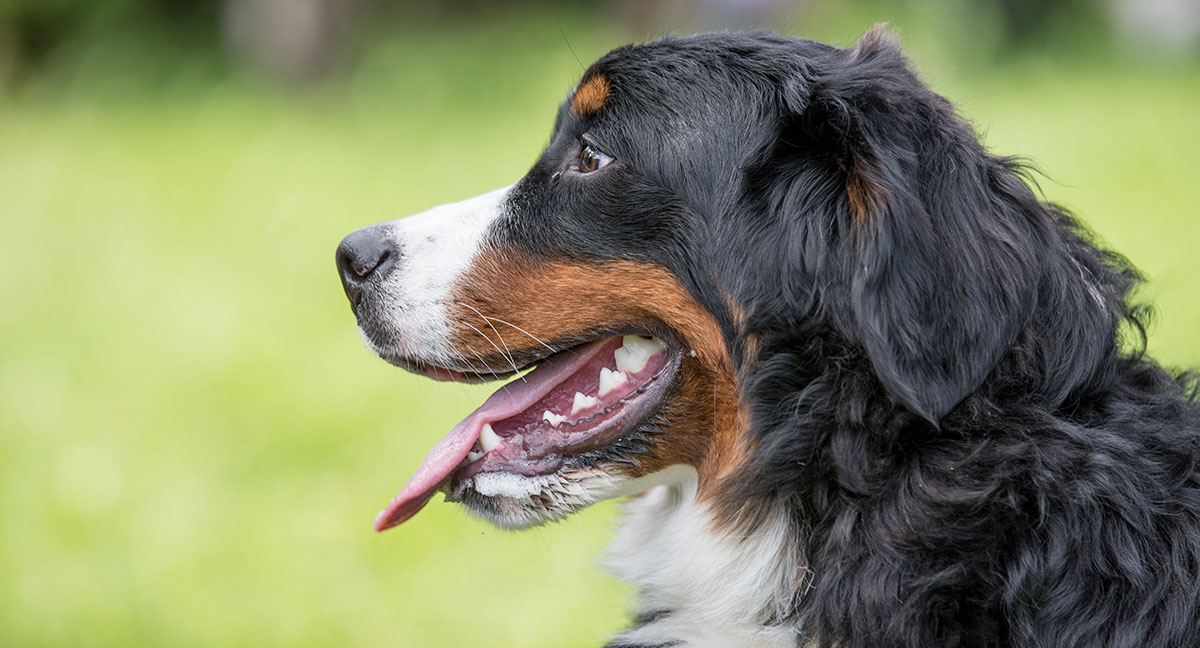


Top Tips for Heat Stress & Sun Safety This Summer

What is Heat Stress?
Heat stress/exhaustion is a serious condition caused by the elevation of a pet's body temperature outside of its normal range. The normal temperature range for a cat or dog varies slightly but is widely felt to lie between 37.8 and 39.2ᵒC. Any rise above 40ᵒC is regarded as problematic and if left unchecked, an elevated temperature can lead to life-long health problems or can even be fatal.

Dogs and cats regulate their body temperature differently to humans. Whereas we sweat to release excess heat from our body via evaporative cooling, dogs and cats have very few sweat glands (other than a small number on the paws). Instead they use rapid open mouth breathing (panting) which allows heat to evaporate from the tongue and respiratory system. Under normal conditions this system is very efficient but as the environmental temperature rises it is not as effective. To make matters worse, it is not just the heat of the air which matters, but the humidity level also. The higher the humidity, the less efficiently water and heat evaporates from the body and hence the less efficient panting becomes. This is why pets can succumb to heat stroke even on cloudy days.
What Are the Warning Signs?
Early signs of heat stress can be subtle...
- Your pet may be less responsive to commands than usual
- They may seek cool areas to lie in e.g. shade/cold or tiles floors/under bushes or in dug out areas of soil
- They may bark, whine or appear agitated
- Their thirst may increase and seem excessive
- They may lie down and be unwilling or reluctant to get up
- They will be panting though it may not yet appear excessive
As the condition progresses, the signs become increasingly obvious to spot...
- Excessive panting
- A rapid heart rate
- Seizuring
- Tacky or dry gums
- Lack of urine
- Glazed eyes
- Excessive drooling and thicker than normal saliva
- Lethargy, collapse and eventually a loss of consciousnes
- Vomiting or diarrhoea
- Blue/Bright Red gums & tongue
- Dizziness/Incoordination, muscle trembling & staggering
Some pets are particularly at risk from developing heat stress. They include...
- Brachycephalic (flat faced) breeds of cat and dog e.g. Bulldogs and Persian cats
- Animals with long thick coats
- Very young or very old dogs
- Overweight pets
- Pets with existent medical conditions e.g. heart disease
- Extremely active or working pets


Danger Areas
Careful attention should be paid to the temperature of any area you choose to you leave your pet in without supervision. As little as a few minutes can be all it takes to cause heat stress, so do not assume that your pet is fine because you are only leaving them 'for a few minutes'. Speak to any vet and they will tell you of cases where 'a few minutes' was too long.
Areas that are considered high risk are...
- In the car or any vehicle
- Outdoors on walks and in gardens with no shade
- Indoors in a hot room or conservatory

Heat Stress Prevention
The best approach is of course to prevent heat stress from occurring. Following the below tips will help.
- Limit exercise or outdoor activity on hot or humid days
- Allow your pet to take frequent breaks on walks
- Always take water on walks and offer it frequently
- Choose to exercise them at the cooler times of day/night
- Provide plenty of shade and water when your dog is outdoors
- Never, under any circumstances, leave your pet in a parked car. (Even if it is in the shade with the windows rolled down and even if you are only leaving them 'for a few minutes'.)
- Have their coat clipped short for the warmer months
- Keep your pets slim!
- Avoid long car journeys and plan frequent rest stops when travelling
- Buy a paddling pool for your dogs to play in on hot days and shower them down to keep them cool (N.B. We do not advise you try this with cats!)
Heat Stress Treatment
If you are concerned that your pet is exhibiting signs of heat stress, the best thing to do is take immediate steps to bring your pet's temperature back into the normal range and get them to your vet.
Steps you can take…
- Move your pet to a cooler area, either indoors where there is air conditioning or in the shade under a fan.
- Use a paddling pool or shower to soak your pet's coat or wet cloths and towels and lay these over your pet. Focus on wetting your pets' paws and areas of bare skin as this aids cooling.
- If they are conscious and willing, offer your pet cool water to drink but do not force them.
- Position fans to blow cool air over your pet. If you do not have air conditioning, blowing a fan over a bowl of ice will cool the air as it passes.
BE AWARE
Never unduly stress your pet in order to do any of the above as this may cause their temperature to rise even further. If you are unsure, the best thing to do is get your pet to the vet as soon as possible and let their trained staff help you.
Never use ice or very cold water to cool your pet down rapidly. This can cause further problems and lead to shock.

We hope you have found this article useful. If you would like to receive updates and new articles as they appear, please sign up to our Paws4Club here!
CONTACT
Copyright © Natural VetCare 2019
Security & Privacy | Cookies | Terms & Conditions





